Compact of the Republic
The League of States and the Constitution

David Benner
 Life & Liberty Publishing Group
Life & Liberty Publishing Group
Minneapolis, MN 55401
Copyright 2014-2019 Life & Liberty Publishing Group
Second Edition copyright 2015
All rights reserved, including the right to reproduce this book or portions thereof in any form whatsoever.
www.davebenner.com
ISBN: 0692484264
ISBN-13: 978-0692484265
Resolved , That the several States composing the United States of America, are not united on the principle of unlimited submission to their General Government; but that, by a compact under the style and title of a Constitution for the United States, and of amendments thereto, they constituted a General Government for special purposes delegated to that government certain definite powers, reserving, each State to itself, the residuary mass of right to their own self-government; and that whensoever the General Government assumes undelegated powers, its acts are unauthoritative, void, and of no force.
-Thomas Jefferson, Kentucky Resolutions of 1798
Contents

Part I: The Genesis of the Compact
| The Compact: An Outlawed Perspective | |
| The War of Independence as a Constitutional Crisis | |
| Essential Constitutional Antecedents | |
| The Philadelphia Convention and State Ratification Conventions | |
| The Jeffersonian Tradition | |
| An Exceptional War of Independence | |
| The Legacy of Alexander Hamilton and John Marshall | |
| The Sweeping Clauses What Do They Really Mean? | |
| The Problem and the Proper Recourse | |
Part II: How the Compact Has Been Dismantled
Documents | |
Acknowledgements | |
About the Author | |
Notes | |
Part I: The Genesis of the Compact

Chapter 1
The Compact: An Outlawed Perspective

The states predated the federal government. This is an indisputable truth, but one that is often deemed irrelevant in the modern age. Even as many mischaracterize the federal government as a superlative entity that holds supremacy over the American states, the true genesis of the federal government remains an essential area of study. To counter prevailing myths regarding the proper structure of the American union, this book asserts that the states created the federal government through a legal arrangement between multiple sovereign parties. Secondly, it refutes the common notion that United States government was formed by one American people in the aggregate. Instead, both the United States Constitution and the union it established were built by several independent, sovereign states.
A proper understanding of how our civil foundations came to be should be the paramount objective of all students of the founding era. Even so, modern Americans are rarely taught of the true origins of political authority in the United States. Though some casual observers possess a basic understanding of federalism the division and balance of power between the central and local governments many are unaware of the reasoning behind such partitions of authority.
History reveals the decentralized orientation of the American union, where the states were intended to play a greater political role in an average persons life than the central government. However, the average citizen behaves as if the inverse were true. Routinely looking to the federal government to address modern political ailments of all types, many perceive the United States as a unitary, centralized nation. As a result, nationalist inclinations that run antithetical to the intentions of the founders are unconsciously adopted by most Americans. To dispel the myths that have supported and prolonged this tendency, we must first look to the origins of the states and the union they created.
As this work aims to demonstrate, the antecedents that came before the Constitution add vital context to this matter, and provide a lasting memory of triumphs and failures in the pursuit of individual rights and public happiness. Historical circumstances that are relevant to this account will be covered with particular prominence. As Patrick Henry declared in a famous oratory, the candid scholar has only the the lamp of experience as a guide. Presciently, Henry admitted that humanity had no way of judging of the future but by the past. Accordingly, without the knowledge of history, no society can adequately understand their own political systems, or avoid the repetition of conditions that have endangered liberty.
The history of our republic recognizes an era that once properly accepted that the Constitution was a compact a contract between sovereign entities. These states, the creators of the federal framework, transferred a small subset of powers to the federal government, retaining the remainder as independent bodies. In the Massachusetts ratification convention, Theophilus Parsons insisted that the Constitution established a government wherein the people divest themselves of nothing, adding that the government and powers which Congress can administer, are the mere result of a compact made by the people with each other. Indeed, the Constitution was a sovereign agreement between the several states.
This reality has been continually distorted throughout American history, where various events were supposed to have settled the issue of nationalism over federalism forever. However, the original, unmolested, decentralized conception of the American union remains relevant despite post-ratification circumstances and unconstitutional precedents. Even as the Federalists implemented the national bank, Andrew Jackson threatened force against South Carolina, and the Whigs promised to deliver a host of unconstitutional programs, the originally ratified Constitution distinctly elevated federalism over nationalism.
Even though it is now sometimes considered uncouth or subversive to defend the original, decentralized vision of the federal republic, this propensity was once widely accepted. Regardless of modern political trends, the primacy of states was long considered an unmistakable political fact. In actuality, the very product of the Philadelphia Convention of 1787 considered the states as the foundations of the American political system. As Oliver Wolcott of Connecticut put it, the states were the pillars which uphold the general system. According to Thomas Jefferson, they were the surest bulwarks against antirepublican tendencies.
In the contemporary, a proper comprehension of the Constitution is often hindered by an improper scope of research. A primary reason for this is that the words of those that drafted the Constitution in Philadelphia are generally overemphasized by academia and legal courses, whereas the way in which the states received the document are routinely minimized. Admittedly, the records kept during the Philadelphia Convention have concrete importance, but they do not exemplify the Constitution to its fullest extent. Truthfully, the explanations given in the state ratification conventions are more integral to the original understanding of the document. Moreover, the Constitution didnt become a legally binding document until it was ratified by nine states, so a candid student must look there to discover the frameworks true meaning and purpose.
Next page
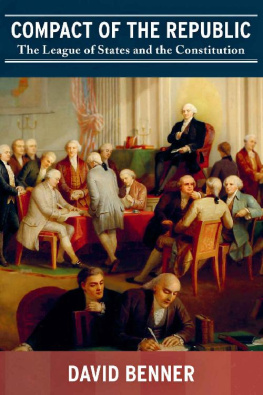


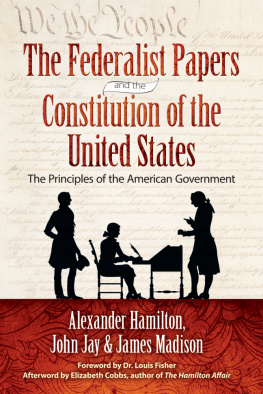
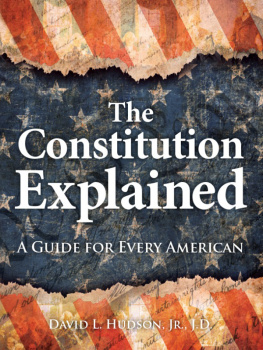

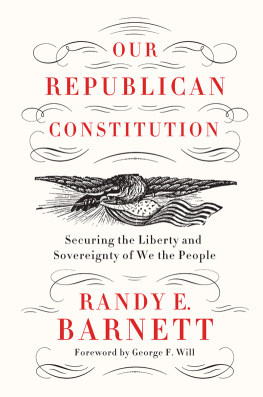
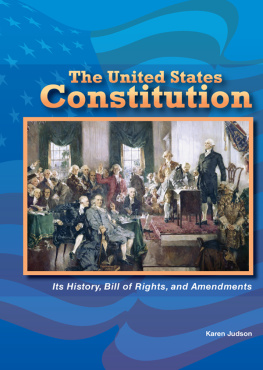

 Life & Liberty Publishing Group
Life & Liberty Publishing Group